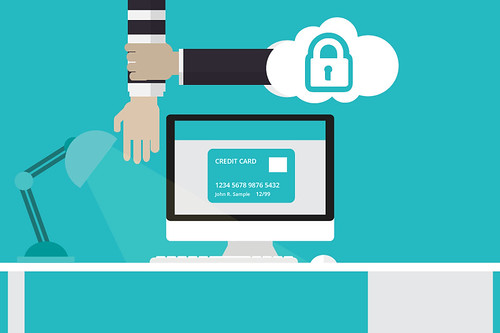
The rapid advancement of artificial intelligence (AI) has brought incredible innovations, but with them, a new frontier of risks, particularly concerning privacy, identity theft, and misinformation. One of the most insidious forms of AI-powered scam is “deepfake” technology. These artificial intelligence-generated videos or audio clips can make it appear as though someone is saying or doing something they never did, blurring the line between reality and fabrication to a frightening degree. In today’s technological climate, the risks are simply too high to trust the eye or a familiar voice implicitly to determine truth. While deepfakes provide a new terrain in the battle against misinformation and defamation, the good news is that you can take proactive, practical measures to protect your digital identity and reduce your likelihood of becoming a victim.
Deepfakes exploit our natural trust in what we see and hear. Because they mimic real voices, faces, and behaviors with uncanny accuracy, they can bypass traditional security measures, drive emotional reactions, and spread misinformation rapidly. This isn’t just a concern for public figures; cybercriminals can scrub data like videos, photographs, and voice recordings of millions of people from public websites, including social media platforms, to create convincing fakes. For example, if your vocal identity and sensitive information got into the wrong hands, a cybercriminal could use deepfaked audio to contact your bank, potentially leading to significant financial fraud.
Protecting yourself against deepfakes requires a layered defense strategy that combines smart digital habits with a healthy dose of skepticism and the right technological tools. You don’t need specialized skills or technical aptitude to implement these safeguards. Instead, focusing on fundamental cybersecurity best practices and adapting your online behavior can significantly mitigate the risk. This article will guide you through 12 essential steps, beginning with foundational digital hygiene, to empower you with the knowledge and actionable strategies needed to fortify your identity against the evolving threat of deepfake scams.

1. **Limit Public Information Sharing**The first, and perhaps most crucial, step in avoiding deepfake exploitation is to be extremely cautious about what personal information you share online. Every photo, video, or piece of personal data you post publicly becomes a potential data point for deepfake creators. These technologies can leverage even minimal samples of your face or voice to generate convincing synthetic media, making it appear you’re saying or doing things you never did.
Think hard about the quality and quantity of content you make available. High-quality photos and videos, in particular, provide rich data sets for AI algorithms to learn your unique characteristics, facial expressions, and vocal patterns. Reducing the amount of publicly available material directly minimizes the resources potential deepfake creators have at their disposal. This isn’t about disappearing from the internet entirely, but rather being strategic about your digital footprint.
Take advantage of privacy settings on social media platforms to ensure that only trusted individuals can see what you share. Review your posts periodically and consider archiving or deleting old content that might inadvertently offer too much information. Remember, once something is online, it can be very difficult to control its spread or removal, so prevention through careful sharing is always the best approach. Cultivating this mindful approach to what you broadcast can significantly reduce your vulnerability.
Read more about: Ignored No More: Unearthing the 16 Most Underrated Foreign Classic Cars of the 1990s
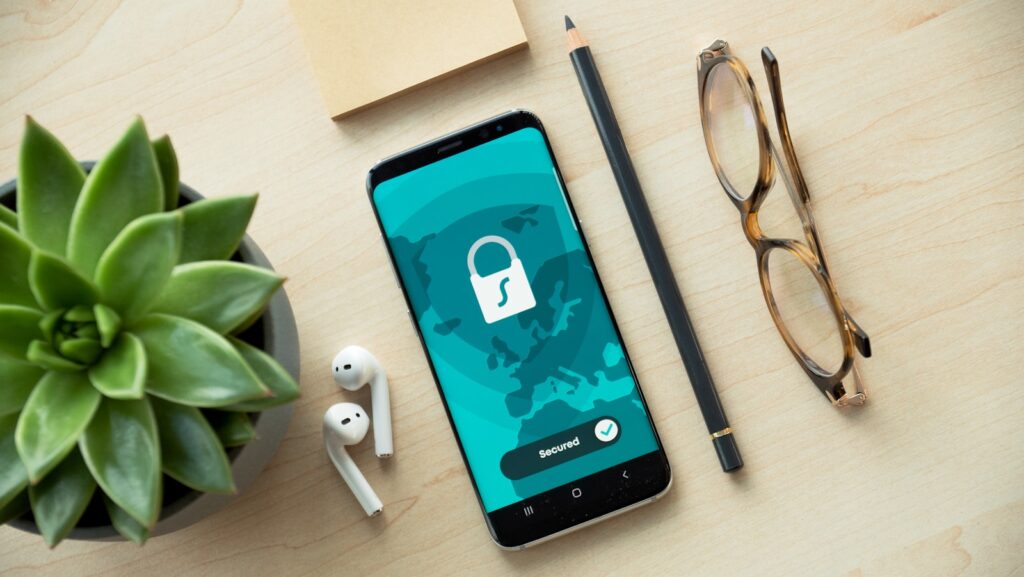
2. **Enable Strong Privacy Settings**Beyond just limiting what you share, actively manage who can access your content by enabling strong privacy settings across all your online accounts. Many websites and apps offer robust controls that allow you to dictate who views your photos, videos, and other sensitive data. Often, these settings are not enabled by default, requiring you to actively seek them out and configure them to your preferences.
Platforms like social media networks, cloud storage services, and even photo-sharing sites can become inadvertent sources of data for deepfake creators if your privacy settings are lax. By restricting who can see your content to only close friends or a select group, you create a smaller, more secure perimeter around your digital identity. This significantly reduces the chances of your data being scraped by malicious actors using automated tools.
Regularly review and update these privacy settings, as platforms frequently change their policies and interfaces. A quick audit of your accounts can reveal overlooked vulnerabilities. This proactive approach ensures that your personal information isn’t unintentionally exposed, thereby bolstering your defense against unauthorized access and the potential creation of deepfakes using your likeness or voice. It’s a foundational layer of defense that empowers you to control your digital narrative.
Read more about: 11 Essential Strategies for Small Businesses to Fortify Defenses Against Major Cyberattacks
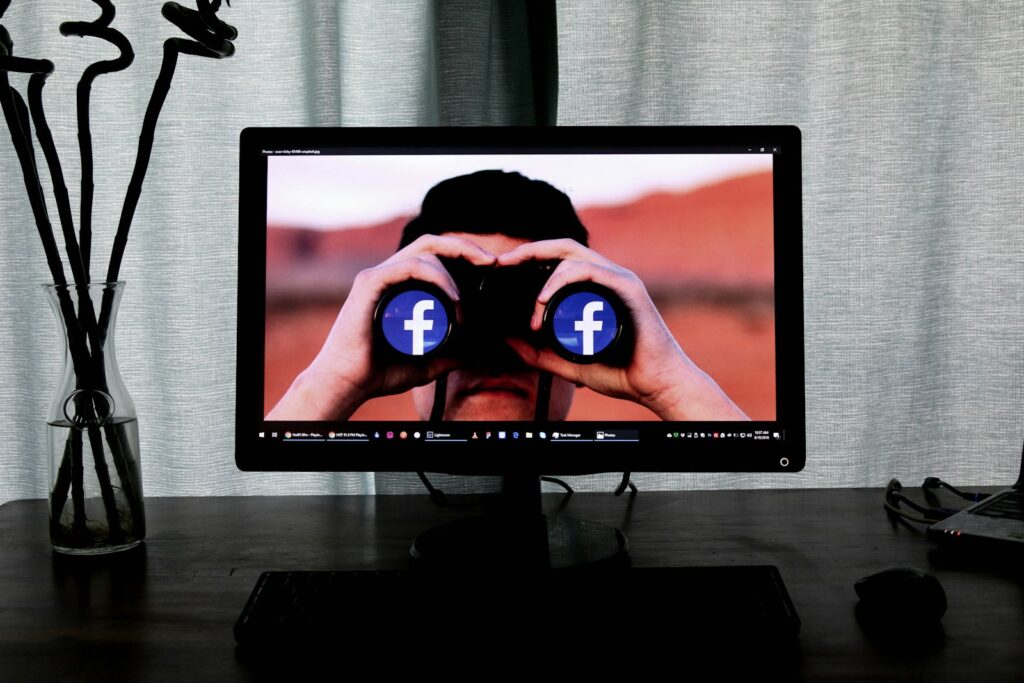
3. **Watermark Digital Content**When you do choose to share images or videos online, especially if they are high-quality or prominently feature your face, consider adding a digital watermark. While not an absolute foolproof method, watermarking can act as a deterrent for deepfake creators and make their efforts more traceable. A watermark is a visible overlay, often a logo or text, that signifies ownership or origin. It makes it more difficult for someone to use your content for deepfake purposes without detectable alteration.
Digital watermarks can discourage malicious actors because they introduce an additional layer of complexity for their deepfake algorithms to overcome. Removing a watermark cleanly often requires significant effort and can degrade the quality of the image or video, making the resulting deepfake less convincing or more obviously fabricated. This added friction can make your content a less attractive target compared to unwatermarked material.
Furthermore, if your watermarked content is still used to create a deepfake, the presence of the watermark can serve as evidence of the original source and unauthorized modification. This traceability can be invaluable should you need to report the deepfake or pursue legal action. Incorporating this simple step into your sharing routine adds a practical layer of protection that can help safeguard your visual identity in a world where images can be easily manipulated.
Read more about: Beyond the Red Carpet: Unveiling 14 Outrageous Demands from Digital Influencers and A-List Celebrities

4. **Implement Multi-Factor Authentication (MFA)**In an era where identity theft is more chilling than ever, you really should double your security by implementing multi-factor authentication (MFA) for all of your accounts. MFA adds a critical layer of defense by requiring an extra verification step beyond just a password. This typically involves something you know (your password), something you have (your phone or a physical token), or something you are (a fingerprint or facial scan).
This extra step significantly complicates unauthorized access, even if a cybercriminal manages to obtain your password through a data breach or phishing scam. For instance, if a deepfake creator somehow compromises your login credentials, they would still need access to your physical device or biometric data to gain entry to your accounts. This drastically reduces the chances of someone obtaining your personal data, which could then be used to create deepfakes or commit further fraud.
Common MFA methods include receiving a code via text message, using an authenticator app on your device, or requiring a facial scan or fingerprint. Enabling MFA for your email, social media, banking, and any other sensitive accounts is an empowering step that fortifies your entire digital ecosystem. It’s a straightforward measure that delivers a powerful security boost, making it exponentially harder for bad actors to penetrate your digital life.
Read more about: 11 Essential Strategies for Small Businesses to Fortify Defenses Against Major Cyberattacks
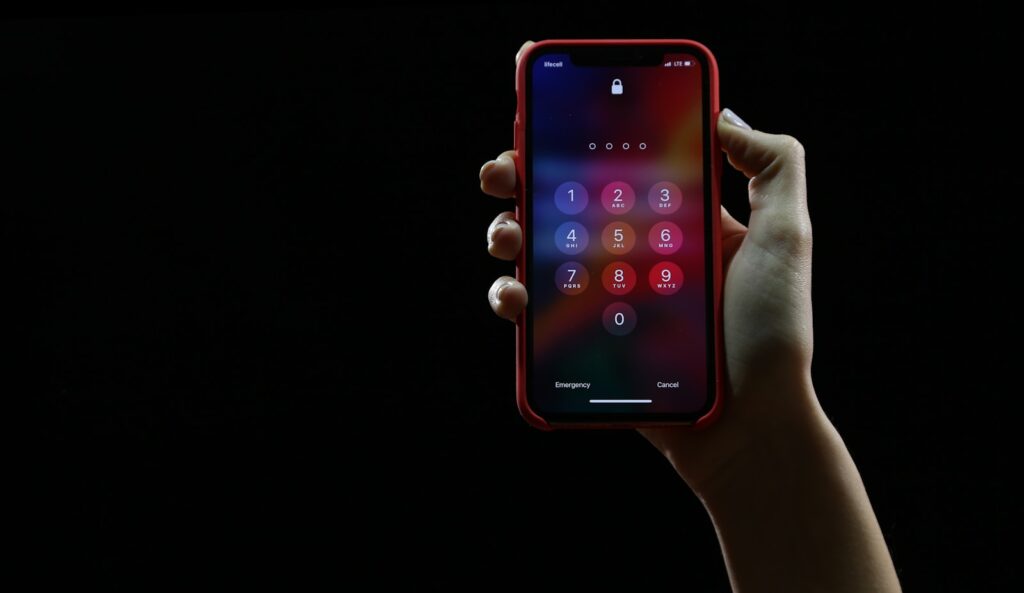
5. **Use Strong, Unique Passwords**Beyond MFA, the foundation of account security, and therefore identity protection, rests heavily on the strength and uniqueness of your passwords. Every password should be at least 16 characters long, unique to each account, and contain a random mix of uppercase letters, lowercase letters, numbers, and special characters. This complexity makes your passwords incredibly difficult for attackers to guess or crack using brute-force methods.
The critical aspect here is uniqueness. If you reuse the same password across multiple accounts, a single data breach on one service could compromise your entire digital life. Like a zombie rising from the grave, your stolen data keeps coming back to haunt you across various platforms. A strong, unique password ensures that even if one account is compromised, the others remain secure, preventing a domino effect that could expose more of your personal information for deepfake creation or other forms of fraud.
The best way to manage and remember all these unique, complex passwords is by storing them in a reputable password manager, ideally one with MFA turned on for itself. A password manager generates and securely stores these strong credentials, eliminating the need for you to remember them all. This simple, yet powerful, habit significantly enhances your digital security, creating a robust barrier against unauthorized access to the personal data deepfake creators crave.
Read more about: 11 Essential Strategies for Small Businesses to Fortify Defenses Against Major Cyberattacks
6. **Keep Software and Devices Updated**Regularly updating your devices and software is a fundamental cybersecurity habit that directly contributes to your defense against deepfake threats. Outdated software can have known vulnerabilities that hackers may exploit to gain unauthorized access to your systems and data. These vulnerabilities are often pathways for cybercriminals to infiltrate your device, steal your personal information, or install malware, all of which can be leveraged for deepfake scams.
Software developers and operating system providers frequently release security patches and updates specifically designed to fix these flaws and improve overall system resilience. By keeping your software up to date, you’re essentially closing the doors that hackers might use to get in. This includes your operating system, web browsers, antivirus software, and any applications that store or process personal data.
We highly recommend turning on automatic updates for all your devices whenever possible. This ensures that you don’t have to constantly check for new updates and that your systems are protected with the latest security enhancements as soon as they become available. This simple, often overlooked, step is a crucial component of maintaining a secure digital environment, safeguarding your information from the evolving tactics of deepfake artists and other cyber threats.
Read more about: 11 Essential Strategies for Small Businesses to Fortify Defenses Against Major Cyberattacks

7. **Be Skeptical and Verify Identities**In a world where deepfakes can make seeing and hearing no longer believing, adopting a profoundly skeptical mindset is your most practical real-time defense. Always question the authenticity of digital communications, even when they seem to come from a known and trusted source. The risks are simply too high to trust the eye or a familiar voice implicitly to determine truth.
When you’re interacting with someone online or especially over a video call, challenge the interaction. Ask questions that only the real person would definitively know the answers to. You could even refer to a fake event or a made-up name of a friend to see how they respond. How they answer or react can provide crucial clues to confirm their true identity, exposing an impersonator.
Trust your gut feeling. If something feels off—even if the person looks, sounds, and acts eerily like someone you know—don’t ignore that instinct. It’s always safer to end the video call or communication and then contact the real person directly, ideally using an alternative and verified method of communication, like a phone call to a known number or an in-person check. This simple step can prevent you from getting duped.
Creating safe words with close family members and friends is another smart strategy. This means you establish a secret code word that only you and they know. If a caller, text, or video call participant doesn’t know this agreed-upon word, it becomes an easy and highly effective way to identify a fraudster and protect yourself from sophisticated impersonation attempts.
Beyond verifying identity, be extra suspicious of out-of-the-blue requests for money or sensitive personal information, such as your Social Security number or bank details. As a steadfast rule, never send money or share personal data with anyone without properly verifying their identity. Remember, a stranger could be impersonating someone you know to exploit your trust and financial well-being.
Read more about: Don’t Be Fooled: The Most Ridiculous Scams Targeting Millions of Americans Right Now

8. **Stay Informed About Deepfake Technology**The realm of artificial intelligence is changing at an unprecedented pace, and deepfake technology is evolving right alongside it. Staying abreast of the latest developments can significantly enhance your vigilance. You don’t need to become an AI expert, but following the news about these technologies is increasingly important for everyone in today’s digital landscape.
This knowledge isn’t just for curiosity; it’s a powerful tool. Understanding how deepfakes are created and the common characteristics they exhibit can help you recognize potential red flags when you encounter suspicious content. For instance, early deepfakes often showed jerky movement, shifts in lighting or skin tone, strange blinking patterns (or no blinking at all), and poorly synchronized lips with speech.
While deepfakes are becoming more sophisticated, these telltale signs can still be present, especially in less advanced fabrications. By familiarizing yourself with these visual and auditory cues, you empower yourself to critically assess media rather than blindly accepting it. Question what you see and hear, especially if it seems unusual or out of character for the person depicted.
Remember, as deepfake technology advances, relying solely on your own eyes might become insufficient. This underscores the need for continuous education and potentially leveraging good cybersecurity programs that incorporate advanced detection algorithms. These tools are designed to spot the tiny distortions created in the ‘faking’ process, offering a technical backup to your human vigilance. Equip yourself with knowledge, and you’ll be better prepared.
Read more about: 12 Smart Home Products That 15 Security Experts Say Demand Your Immediate Attention

9. **Recognize and Resist Phishing Attempts**Deepfake creators often leverage these advanced technologies within the framework of traditional phishing scams. This means being extremely cautious when receiving emails, direct messages, texts, phone calls, or any other digital communication if the source is unknown or unexpected. Deepfake scams can be deeply intertwined with these deceptive tactics, making them frighteningly realistic.
Be especially wary if a message demands that you act fast, creates a sense of urgency, or makes alarming claims, such as your computer being hacked or that you’ve won a prize. Cybercriminals, especially those using deepfakes, are skilled at manipulating your emotions to pressure you into downloading malware, clicking suspicious links, or sharing sensitive personal information. They exploit fear, greed, or a desire to help.
Before you click any link, open an attachment, or respond to an urgent request, take a moment to verify the identity of the sender. If the message claims to be from your bank, employer, or a government agency, contact them directly using a verified phone number or email address, not the one provided in the suspicious message. This simple verification step can save you from a world of trouble.
Traditional phishing emails were once easy to spot due to typos and grammatical errors. However, with the advent of AI, scammers can now craft messages that are grammatically perfect, contextually relevant, and incredibly polished, making them almost impossible to distinguish from legitimate communications. This evolution makes your proactive skepticism and verification steps even more critical in defending your digital life.
Always adhere to the golden rule of online safety: think before you click. A moment of caution can prevent you from falling victim to sophisticated phishing campaigns that might incorporate deepfaked elements. Your vigilance against these highly personalized and believable scams is a crucial layer of defense against deepfake exploitation and broader cyber threats.
Read more about: Seriously, Stop Using These 12 Worst Passwords of 2025 That Hackers Crack in Under 10 Seconds!

10. **Limit Your Voice Exposure**Your voice, just like your face, is a unique biometric identifier that deepfake technology can replicate with alarming accuracy. To minimize your vulnerability to deepfaked audio scams, it’s wise to limit how much of your vocal identity is publicly available and how you engage with unknown callers. A simple sample of your audio can be enough for criminals to create convincing fake voices.
Start by screening your phone calls. Only answer calls that come from known numbers in your contacts. Unknown numbers can be potential sources for voice data collection by bad actors who might be attempting to record samples of your voice. If it’s important, legitimate callers will leave a voicemail, allowing you to return the call on your terms after verifying their identity.
Another highly effective measure is to use the factory setting voicemail message on your phone rather than recording an outgoing message using your own voice. Your personalized voicemail, though seemingly innocuous, provides a clear, high-quality sample of your vocal patterns that deepfake algorithms can analyze. Switching to a generic message removes this easy source of data for potential voice cloning.
Understanding the risk here is paramount. If your vocal identity and sensitive information fall into the wrong hands, a cybercriminal could use deepfaked audio to contact your bank, impersonate you to friends or family, or even issue commands to smart devices. This could lead to significant financial fraud or severe personal embarrassment. Proactively limiting your voice exposure is a straightforward yet powerful safeguard against these emerging threats.
This strategy is about reducing the raw material available to deepfake artists. Just as you’re cautious about sharing high-quality photos and videos, be equally mindful of making your voice accessible. It’s a proactive defense that helps seal off another potential avenue for deepfake exploitation, enhancing your overall identity protection in the digital age.
Read more about: The 12 Most Electrifying 1980s Cars Coveted by Collectors, and the Musicians Who Share the Passion

11. **Promptly Report Suspected Deepfakes**If, despite all your proactive measures and vigilance, you encounter deepfake content that involves you or someone you know, swift action is essential. Prompt reporting can significantly help in mitigating the spread of fake content and protecting others from being deceived. Time is of the essence when dealing with rapidly propagating misinformation.
Your first step should be to report the deepfake to the platform hosting the content. Whether it’s a social media network, a video-sharing site, or any other online service, most platforms have mechanisms for reporting fraudulent or harmful content. This can lead to its investigation and potential removal, limiting its reach and impact.
Beyond platform reporting, it’s crucial to report the incident to the relevant authorities. If you are in the USA, this includes federal law enforcement agencies like the Federal Trade Commission (FTC) or the FBI. For local incidents, your local police department should also be informed. These agencies track patterns of fraud and can take steps to investigate and potentially prosecute those responsible.
If the deepfake has caused significant damage to your reputation, or if you’ve suffered financial losses, consulting with cybersecurity and data privacy legal experts is a vital next step. Laws are rapidly evolving to address the issue of deepfakes, but the legal system takes time to catch up with fast-changing technology. Legal counsel can advise you on your rights and potential avenues for recourse.
Remember, your actions can protect not only yourself but also the wider community. By reporting deepfakes, you contribute to a safer online environment and help authorities understand the scope of this evolving threat. Prompt action is a critical part of navigating post-incident challenges and limiting further harm.
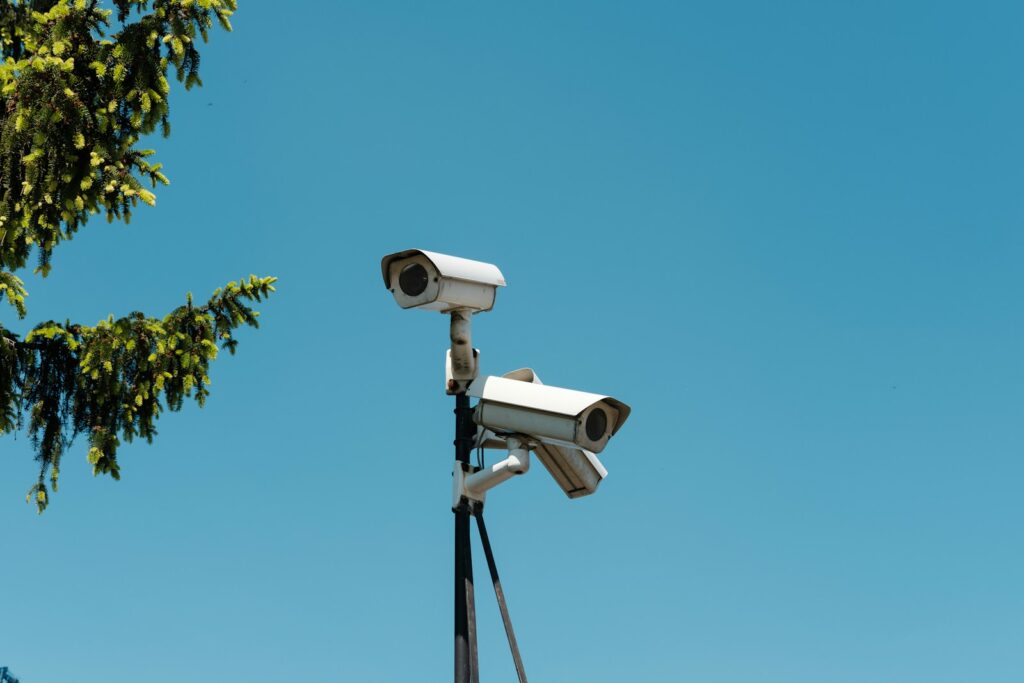
12. **Consider Identity Monitoring Services**While many steps focus on preventing the creation of deepfakes and resisting scams, an adaptive defense strategy also includes monitoring for signs that your personal information might already be compromised. This is where identity monitoring services can provide an essential layer of protection, acting as an early warning system against broader identity theft, which can often fuel deepfake creation.
These services typically scan the dark web—the hidden parts of the internet where stolen data is bought and sold—for your personal information. If your credentials, such as email addresses, passwords, Social Security numbers, or bank account details, appear in a data breach or on these illicit marketplaces, an identity monitoring service will alert you. This allows you to take immediate action, like changing passwords or contacting your bank, before criminals can exploit the information further.
Given the constant threat of data breaches that expose millions of customer records, subscribing to a reputable identity monitoring service can provide significant peace of mind. Like a zombie rising from the grave, your stolen data keeps coming back to haunt you across various platforms, making it critical to know if your information is out there. These services help you catch red flags early, potentially saving you from bigger nightmares down the road.
While deepfakes specifically leverage visual and audio data, a compromised identity through a data breach can give criminals a wealth of information to make their deepfake scams more convincing. Knowing if your information is circulating on the dark web allows you to fortify your other accounts and be extra vigilant against targeted deepfake attacks. It’s a proactive measure that enhances your overall digital security posture.
Choosing a service that offers comprehensive coverage, including credit monitoring, dark web surveillance, and fraud resolution assistance, is key. This empowers you with the knowledge and tools to respond swiftly if your identity is ever compromised, protecting you from the cascading effects of data theft that could pave the way for deepfake exploitation or other forms of fraud.
Read more about: The Ultimate Guide: Unpacking the U.S. Auto Repair Shops Facing the Most Customer Complaints
The rapid advancement of AI means that protecting your identity from deepfake scams is no longer just about preventing the fakes themselves, but about building a robust, adaptive defense around your entire digital life. By combining smart digital habits, healthy skepticism, and the right technological tools, you can significantly mitigate the risk. These 12 steps provide a comprehensive roadmap, empowering you with the knowledge and actionable strategies needed to fortify your identity against the evolving threat of deepfake technology. Stay informed, stay vigilant, and remember that good, old-fashioned caution and common sense remain your best protection in this new digital frontier.




